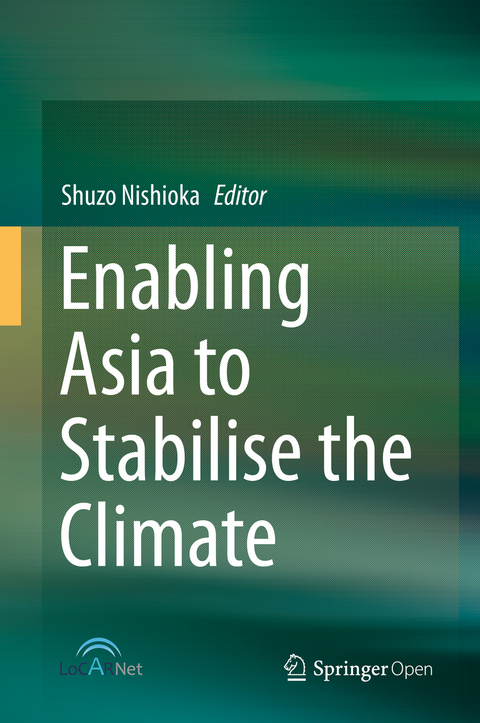
Enabling Asia to Stabilise the Climate
Springer Verlag, Singapore
978-981-287-825-0 (ISBN)
Introduction.- Part 1: Asia is a key for sustainable low carbon society.- 1. GHG reduction potential in Asia.- 2. Transition to a low carbon future in China towards 2°C Global target.- 3. India’s GHG Emission Reduction and Sustainable Development.- 4. 80% reduction scenario in Japan.- 5. Potential of low carbon development in Vietnam, from practices to legal framework.- Part 2: Brigding the gap between modeling and real policy development.- 6. Designing a National Policy Framework for NAMAs -Lesson learnt from Thailand-.- 7. ‘Science-to-Action’ of the Sustainable Low Carbon City-region.- Part 3:Best parctices and recommendations in each sector to make it happen.- 8. Low Carbon Transport in India - Assessment of Best Practice Case Studies -.- 9. Potential of Reducing GHG Emission from REDD+ Activities in Indonesia.- 10. Fostering capacity development for ASIA leapfrog.- 11. Capacity development on GHG inventories in Asia -WGIA Workshop on Greenhouse gas Inventory in Asia-.- 12. Japan’s Comprehensive and Continual Support Package for the Creation of Scientific Climate Policies in Asia.
| Zusatzinfo | 70 Illustrations, color; 29 Illustrations, black and white; X, 270 p. 99 illus., 70 illus. in color. |
|---|---|
| Verlagsort | Singapore |
| Sprache | englisch |
| Maße | 155 x 235 mm |
| Themenwelt | Naturwissenschaften ► Biologie ► Ökologie / Naturschutz |
| Naturwissenschaften ► Geowissenschaften ► Meteorologie / Klimatologie | |
| Sozialwissenschaften ► Politik / Verwaltung | |
| Schlagworte | climate adaptation • COP21 • Energy Policy • GHG Emission • Low Carbon Society • REDD+ • sustainable cities |
| ISBN-10 | 981-287-825-4 / 9812878254 |
| ISBN-13 | 978-981-287-825-0 / 9789812878250 |
| Zustand | Neuware |
| Haben Sie eine Frage zum Produkt? |
aus dem Bereich


